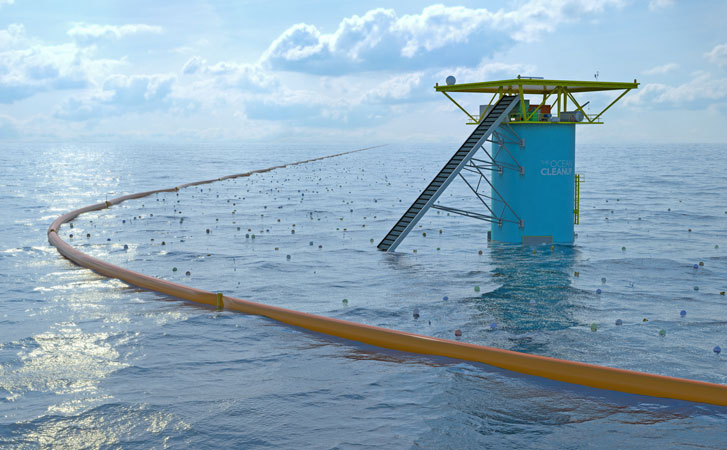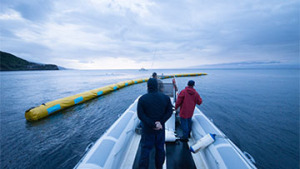Criminology, environmental harm and innovation: The Ocean Cleanup

By Lieselot Bisschop
Environmental crime ranges from the smuggling of hazardous waste to the killing of elephants for their ivory. I have been studying environmental crime and one thing is very clear to me: it is a phenomenon for which it is difficult to find a solution. Governments, corporations and individual citizens share the responsibility for environmental harm but no one feels ultimately responsible. The smuggling of ivory can be dealt with in criminal law. The dumping of hazardous waste can be subject to administrative judicial procedures. But environmental harm is about much more than what has been criminalized. Environmental harm often crosses national boundaries, might not be visible until years or decades later, and rarely has victims that are aware of their victimization and are able to express concern. Therefore environmental harm is difficult to address. It requires a broad view of environmental security and a variety of controlling and preventative initiatives.
One idea is particularly innovative in providing a solution to environmental harm. The Ocean Cleanup is an invention by Boyan Slat, who was worried about the amounts of plastic waste he saw while snorkeling. He launched this seemingly crazy idea: Let’s clean up the plastic waste in the ocean.

Millions of tons of plastics pollute our oceans and have concentrated in five gyres, the biggest of which is the great Pacific Garbage Patch. This has harmful ecological (e.g. marine mammals, seabirds, turtles), economic (e.g. costs to clean up beaches, damage to fishing vessels) and health effects (persistent organic pollutants and toxic chemicals in plastic).
Although it is important to work to avoid more plastic from ending up in the ocean, we also must address the plastic that is already there. Cleaning up the oceans has always been considered unrealistic and unaffordable. The Ocean Cleanup proposes to use the wind and ocean currents to collect the waste by means of anchored floating barriers, thereby avoiding by-catch and greenhouse gas emissions. A feasibility study explains in detail how the technology works and answers critical questions about the legality, costs, effects on the environment and weaknesses of the proposal. According to the study, about 65 cubic meters of plastic can be gathered per day. In 10 years this would clean up half of the plastic in the Pacific Ocean Garbage Patch.
This is not the solution for environmental harm, but in my opinion, The Ocean Cleanup is the best new idea of 2014. Boyan Slat has been awarded the United Nations Environment Program (UNEP) Champions of the Earth Award for The Ocean Cleanup‘s work in confronting the Pacific Garbage Patch.
Dr. Lieselot Bisschop’s post originally appeared in Dutch in a book on the best ideas of 2014 published by De Wereld.